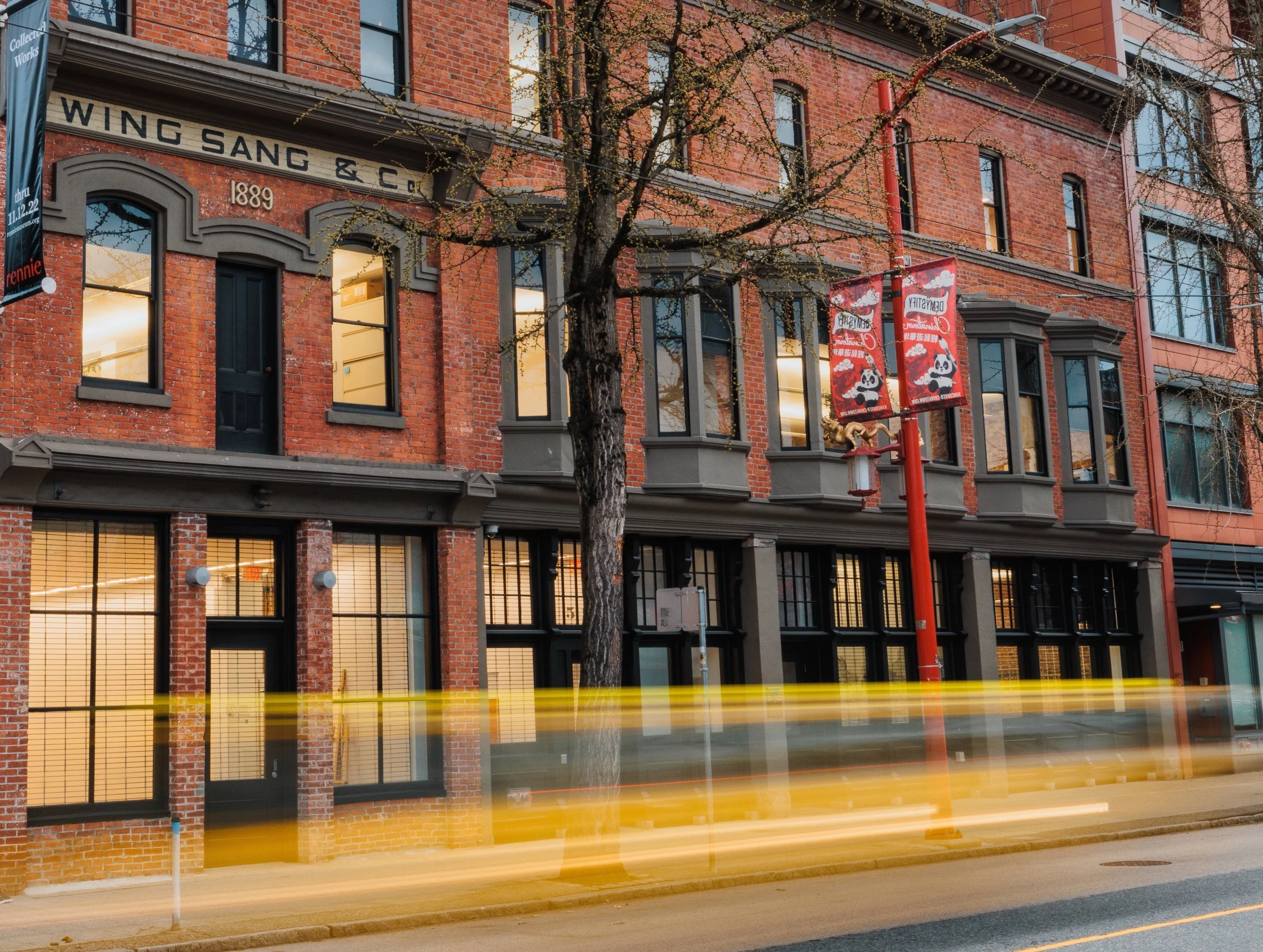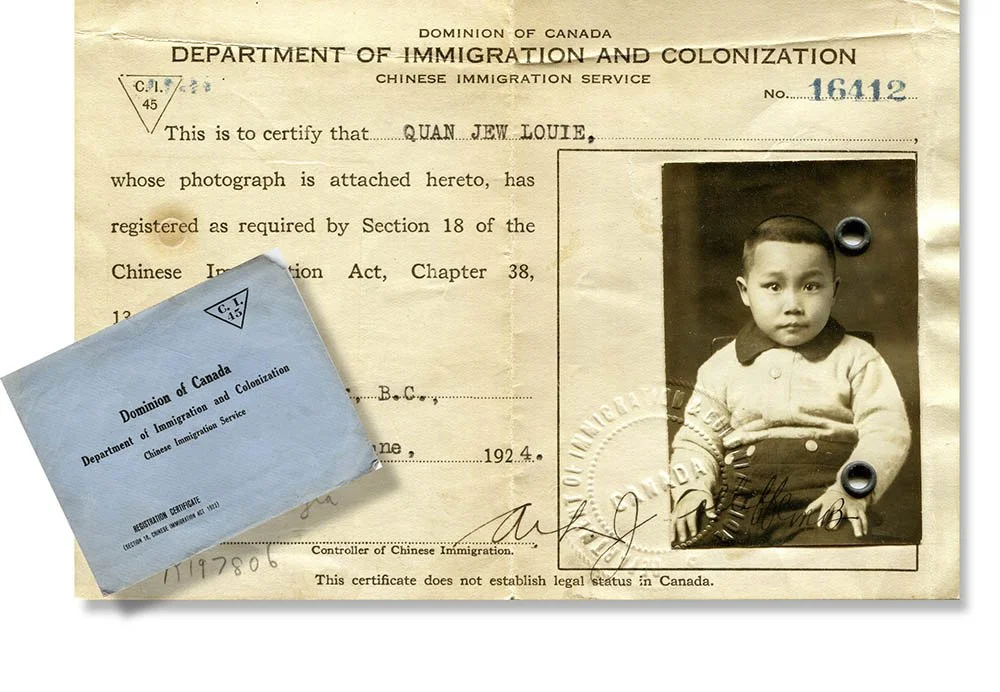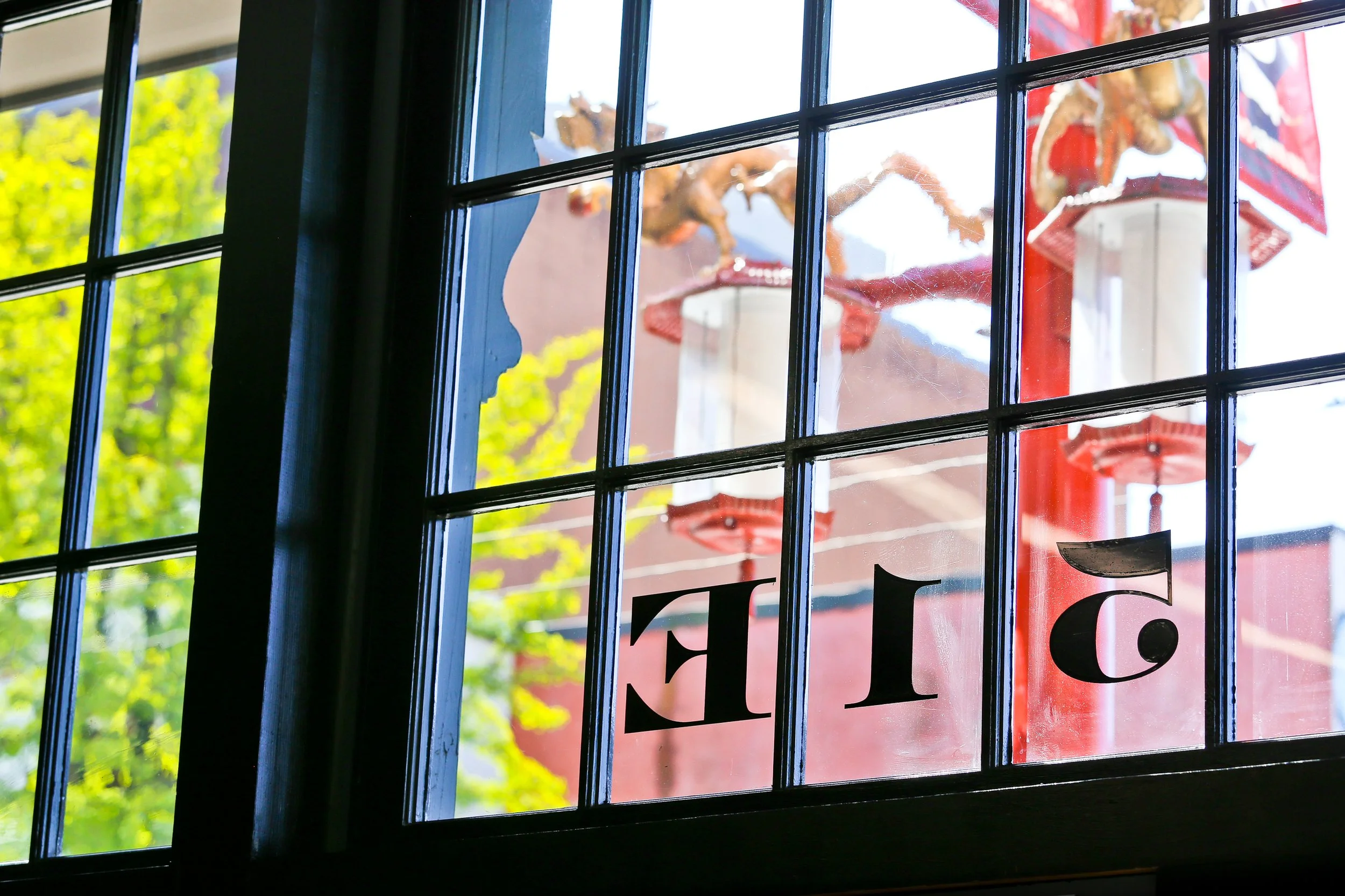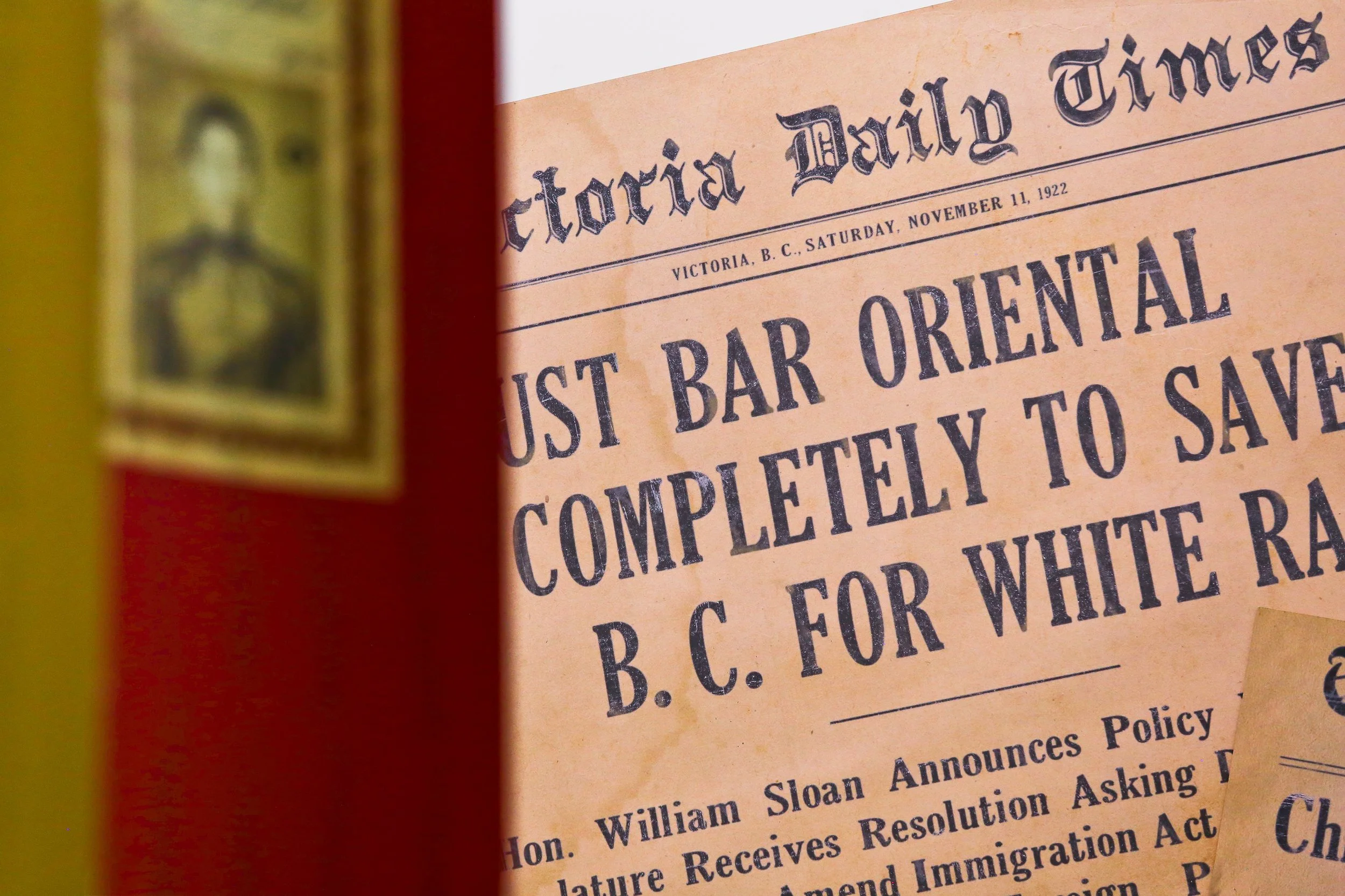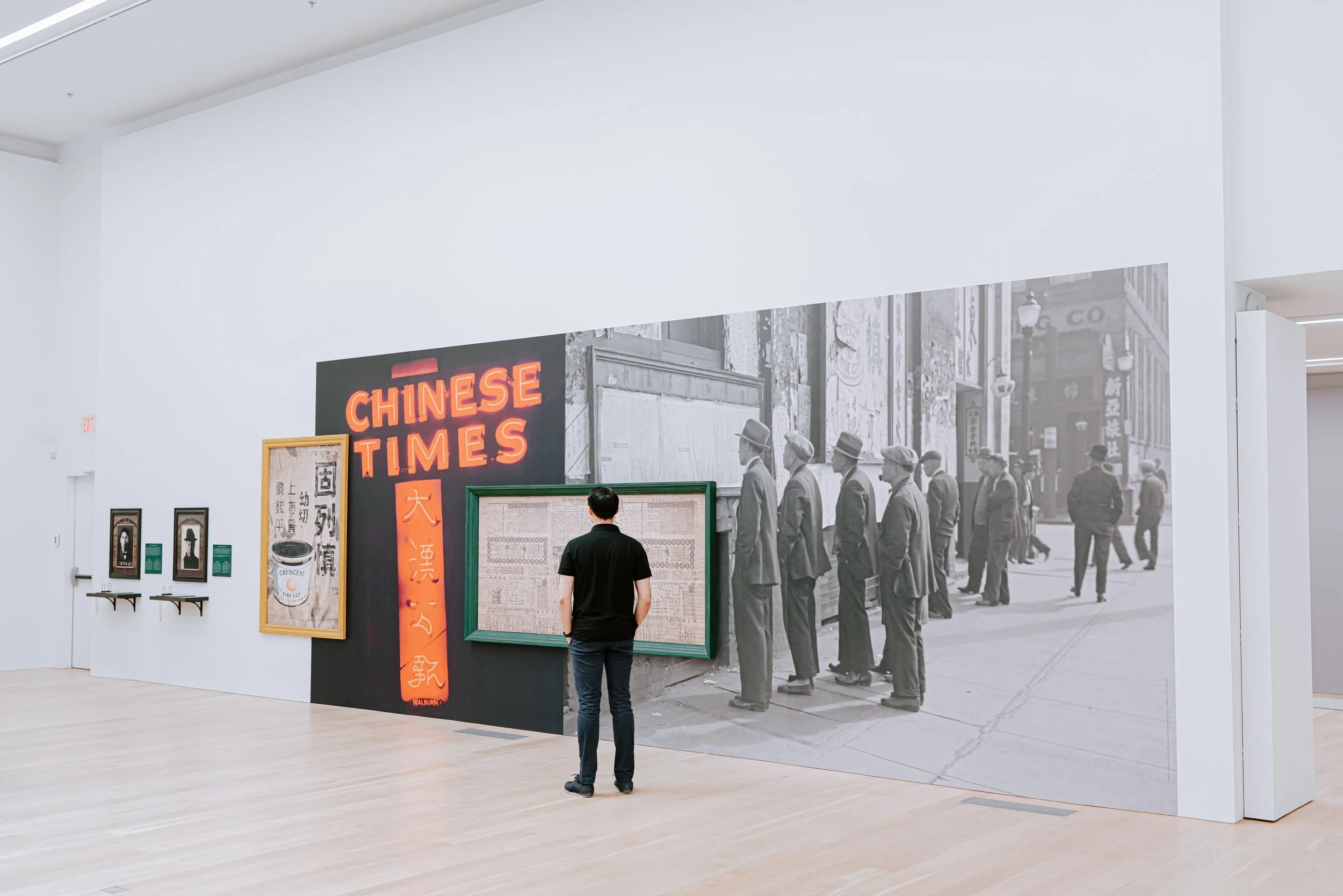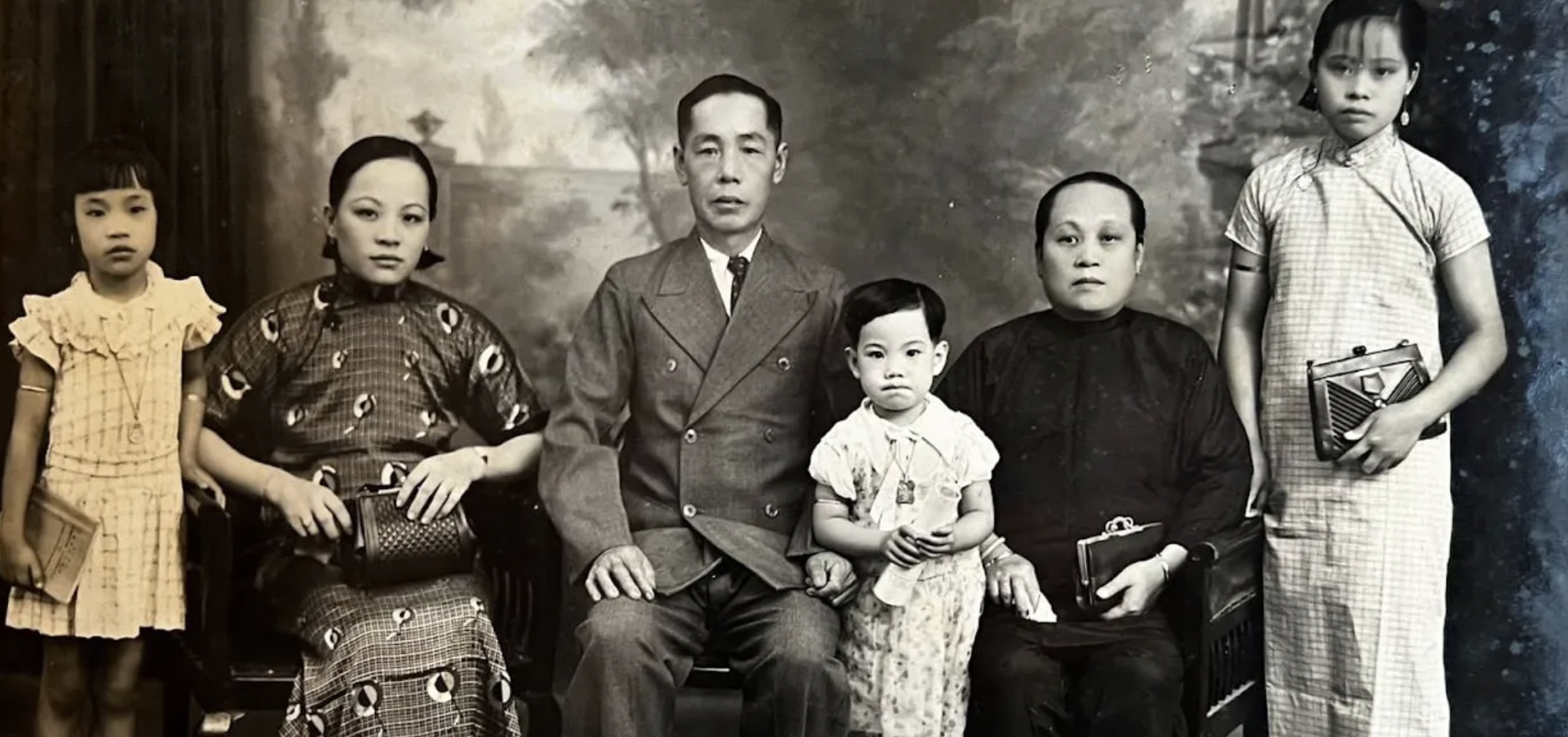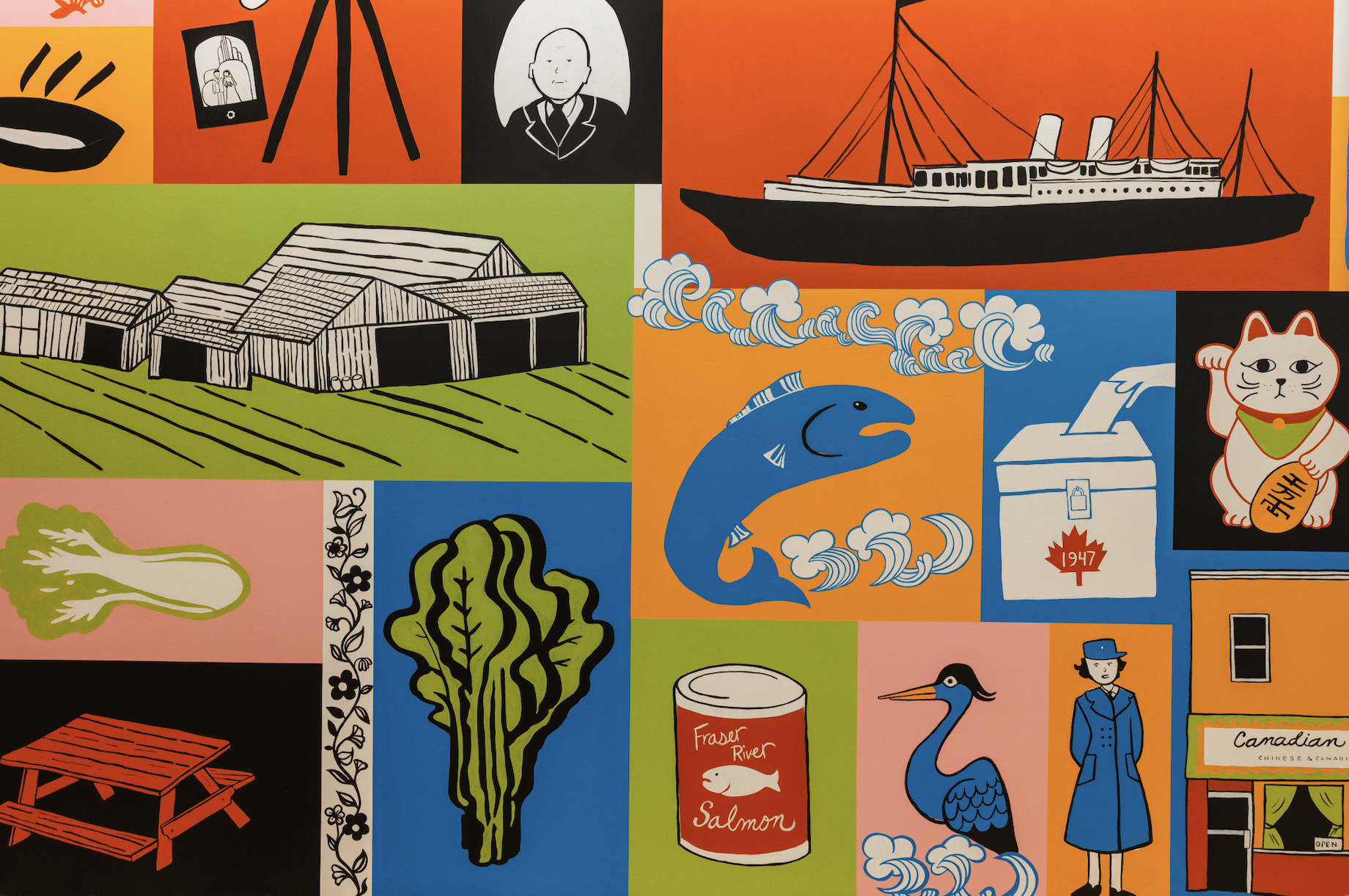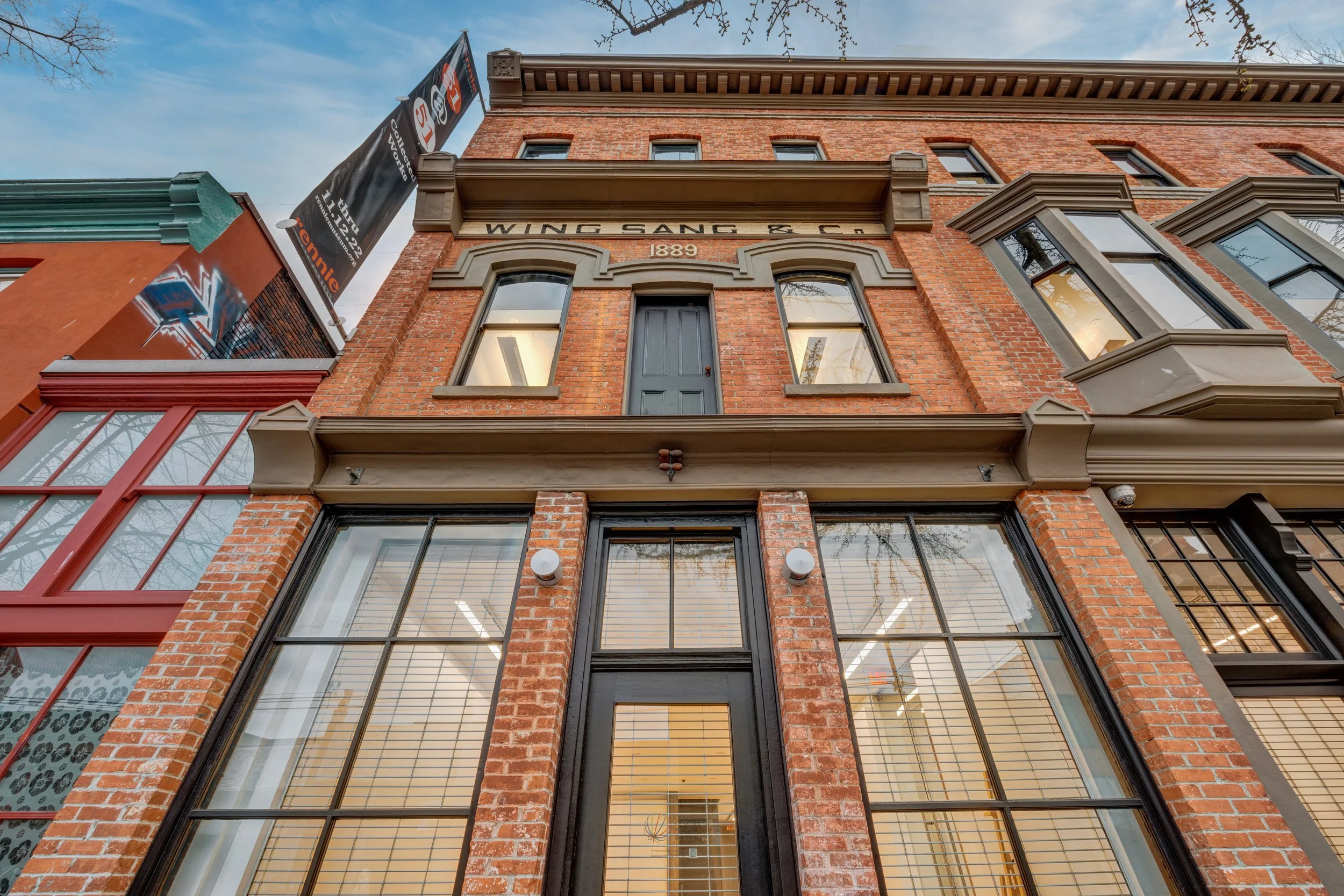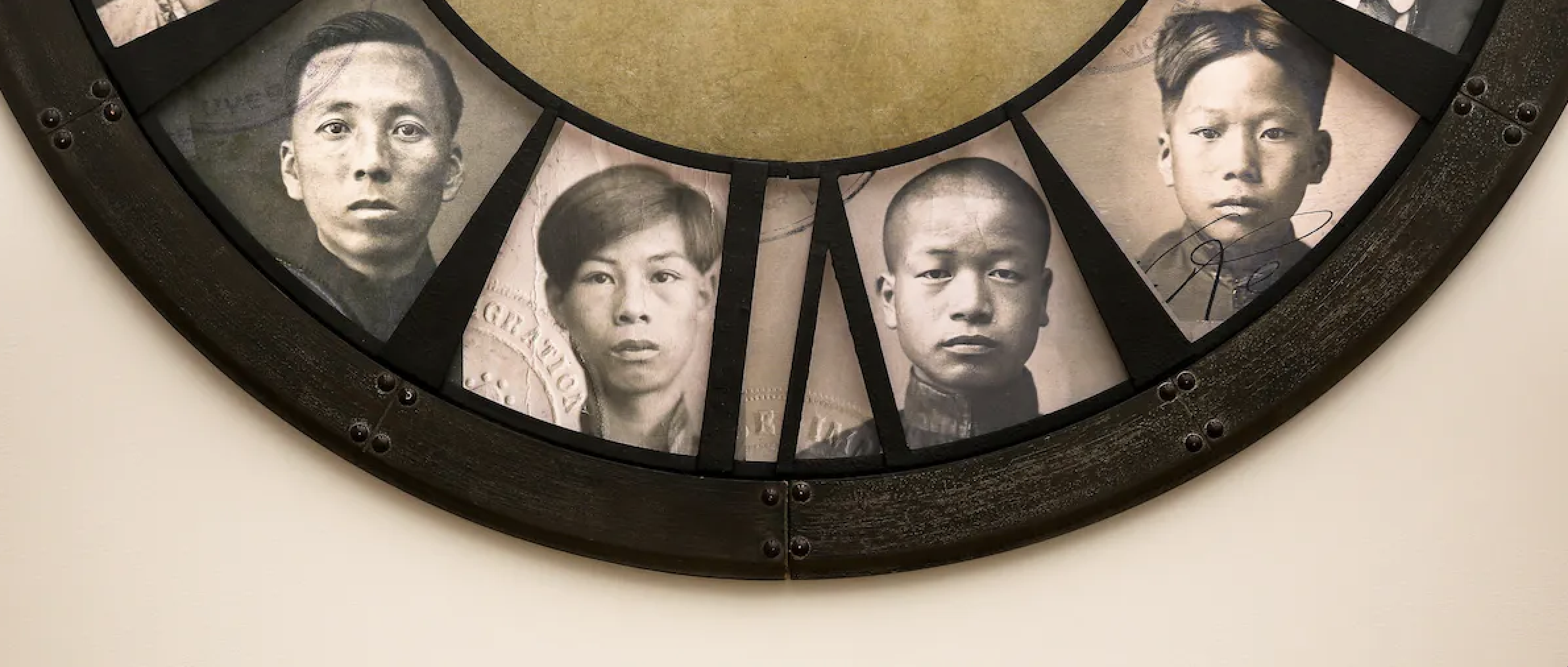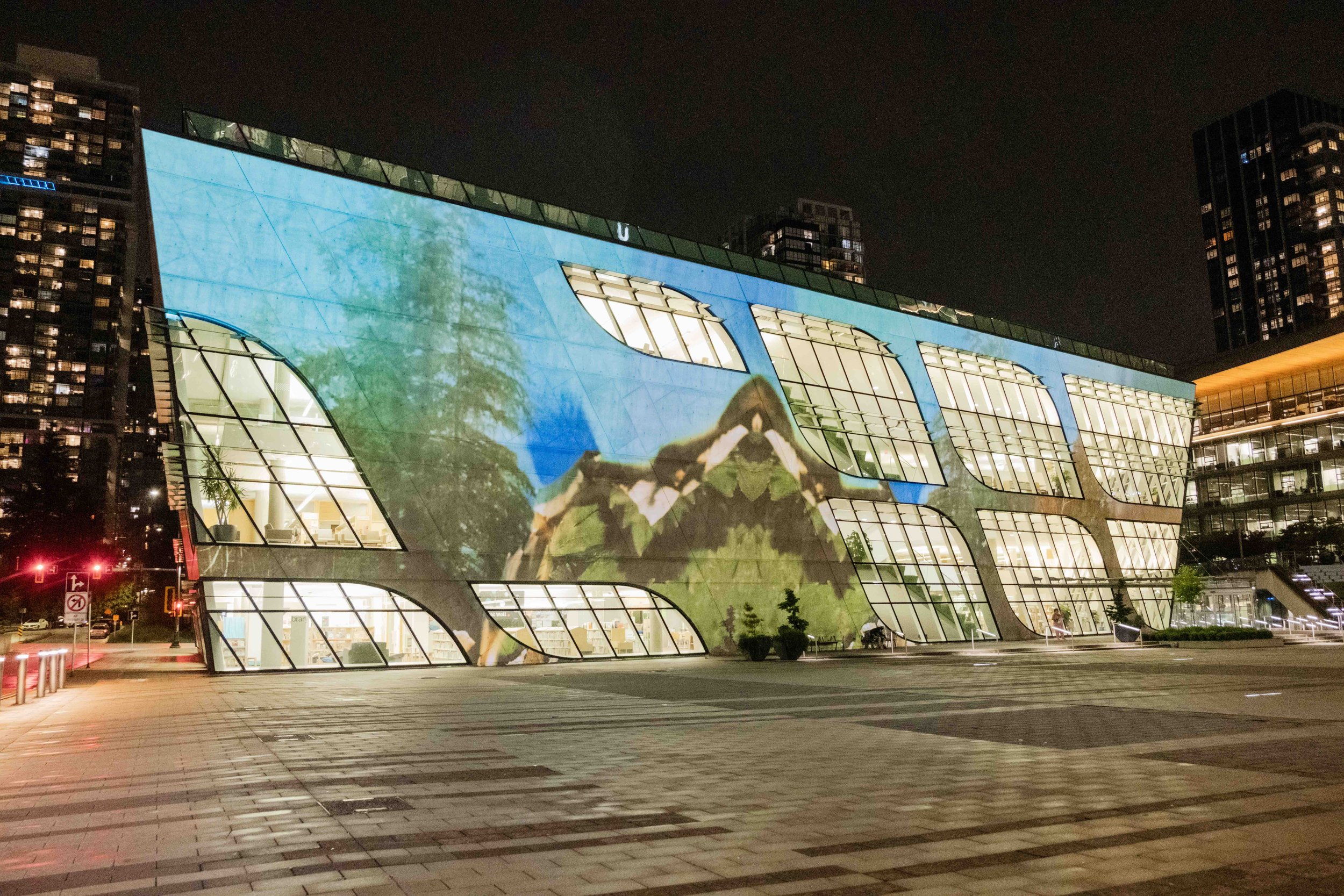Vancouver’s historic Chinese Canadian Museum now open
Highlights at Canada’s first such venue include The Paper Trail to the 1923 Chinese Exclusion Act exhibition; murals by Marlene Yuen and Susan Point; an interactive immigration map; and much more
Chinese Canadian Museum. Photo by Ian Kobylanski-Koby Photography
THE BIG DAY is here: On July 1, Canada’s first museum to recognize the stories of Chinese-Canadians and their contributions to B.C. and Canada opens to the public. Years in the making and bolstered by federal, provincial, and local suport, The Chinese Canadian Museum is in the heart of Chinatown at 51 East Pender Street.
The new cultural venue in is the first government-funded museum in Canada focused on a racial or ethnic group.
A red-carpet opening at the stunning new space with several local dignitaries took place today (June 30).
A major highlight within the renewed contemporary space at the Wing Sang Building is The Paper Trail to the 1923 Chinese Exclusion Act. Curated by Catherine Clement, the exhibition marks 100 years since the passing of the Chinese Immigration Act of 1923. The community-sourced exhibition in partnership with the Chinese Canadian Military Museum is national in scope and looks at the stories of loss, despair, courage, and perseverance during the period from 1923 to 1947. One of the walls is emblazoned with newspaper articles from the 1920s, with headlines like “Must Bar Oriental Completely to Save [British Columbia] for White Race,” and “‘Chinese Humiliation Day’ on July 1. It’s no coincidence that the museum is opening on the date better known as Canada Day, giving people a chance to more deeply understand some of the country’s lesser-known realities.
The Paper Trail to the 1923 Chinese Exclusion Act. Quan Louie. Image courtesy The Canadian Chinese Military Museum
The Paper Trail show features hundreds of certificates of identity documents (C.I. certificates) that were used to track Chinese Canadians during the Act—making for the most ever to be on public display in such a setting. Mounted on individual clipboards with accompanying background stories, the papers were a constant reminder of people’s second-class status in Canada. Despite the lack of full acceptance as well as the shame and racism associated with the cards, many children of those carriers enlisted in Canada’s war effort. Some, like Quan Louie (pictured above) lost their lives in combat; he died in bomber command in Germany. (On opening day Clement will host a curator’s tour at 2 and 3:30 pm.)
Clement describes the exhibition as reflecting the struggles of early immigrants through aging, fragile pieces of paper, which shed light on a dark period in the country’s history. She traced the documents through federal government archives, newspaper clippings, indivdiuals’ own personal collections, coroner’s reports, and more.
The building merges bright, contemporary features with restored heritage elments, while it also has a green rooftop. On an interactive immigration map, people can draw and share their family’s origins and immigration journeys. Parks Canada unveiled a commemorative bronze plaque to mark 100 years of the Chinese Immigration Act of 1923 at the ceremony.
With the launch of the new cultural venue, the hope is that new shops, services, and restaurants will also open, revitalizing the historic neighbourhood even more.
“Our first-of-its-kind museum is the result of many long years of hard work and collaboration, to create a positive, inclusive and transformative place where people can gather to bridge cultures and generations, and where the lived experiences of Chinese Canadians can be shared with Canadians from coast to coast to coast,” Melissa Karmen Lee, CEO of the Chinese Canadian Museum. said. “We’re here to elevate Chinese Canadian voices, foster respect, honour and enrich our legacies and engage with diverse communities across Canada.”
Chinese Canadian Museum. Photo by Larry Chin
Grace Wong, Chinese Canadian Museum Board Chair said: “We are so proud to officially open the Chinese Canadian Museum and welcome visitors to explore, discover and learn about the stories and journeys of so many Chinese Canadians who sacrificed so much to help build the country into what it is today. It is truly groundbreaking and momentous for Canada to have a dedicated museum that honours the history, legacies, and contributions of Chinese Canadians throughout the generations.”
The Paper Trail to the 1923 Chinese Exclusion Act. Photo by Larry Chin
The Paper Trail to the 1923 Chinese Exclusion Act. Photo by Larry Chin
Odysseys and Migration.
Also on display: Odysseys and Migration, an exhibition inside the museum’s introduction gallery space, which explores the Chinese diaspora from the early waves to present day; The Journey Here, a wall mural by Vancouver-based Chinese-Canadian artist Marlene Yuen; an immersive period living room with interactive antique objects to time travel to when the 1930s when pioneering merchant Yip Sang’s children—all 23 of them—and grandchildren lived in Chinatown. One of Vancouver’s oldest school rooms, going back to 1914, is on view, complete with many original elements still intact; there’s even chalk writing on the blackboard from the 1960s.
Wing Sang means “everlasting” in Chinese. Sang constructed the building in 1889 as his office; it tripled in size over the years. He was considered the unofficial mayor of Chinatown. Before becoming a museum, the building was the office and private art museum of real-estate mogul Bob Rennie.
The Journeys Here by Marlene Yuen. Photo by Ian Kobylanski-Koby Photography
Since its founding in 2020, the museum has presented five featured exhibitions at its two temporary sites in Vancouver and Victoria and offered several in-person and online programs to communities across B.C. Also attending the ribbon cutting were the Honourable Mary Ng, Federal Minister of International Trade, Export Promotion, Small Business and Economic Development; and the Honourable David Eby, Premier of British Columbia, among many others.
Chinese Canadian Museum. Photo by Ian Kobylanski-Koby Photography
“The history of Chinese Canadians living in B.C. includes many achievements, but also great loss, discrimination and systemic racism,” said MLA Mable Elmore, Parliamentary Secretary for Anti-Racism Initiatives. “This first-of-its-kind museum will shine a light on parts of our history that are rarely told and celebrate the rich diversity of our province. By sharing these stories, the Chinese Canadian Museum will help make B.C. a better and more inclusive place.”
Premier Eby said: “The Chinese Canadian role in shaping our country and province has been a very significant one. "Our government is proud to celebrate and recognize this exceptional contribution by supporting this remarkable new museum. Thanks to the efforts of all those who made the Chinese Canadian Museum a reality, generations of Canadians and visitors will have access to our shared history.”
On July 1 at 1 pm, lion dances by the Hon Hsing Athletic Club and Shao Lin Hung Gar Kung Fu Association will take place through the galleries.
For more on the museum’s back story, see here.
The Paper Trail to the 1923 Chinese Exclusion Act.


